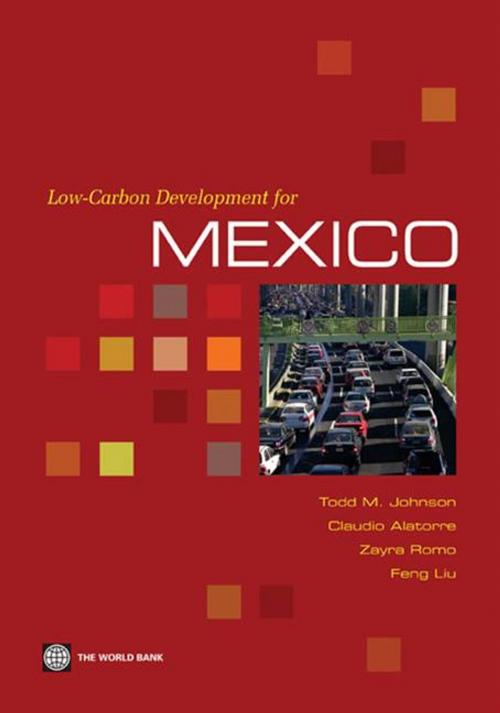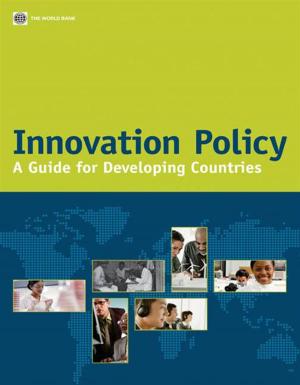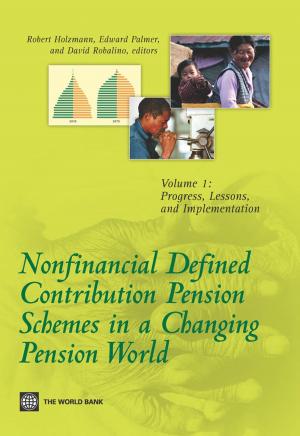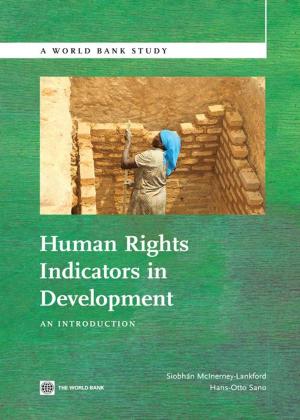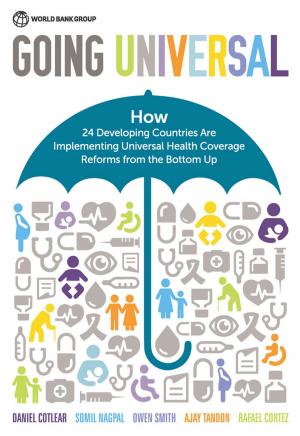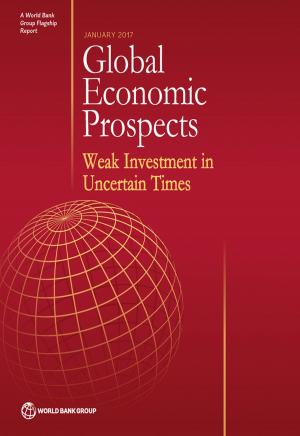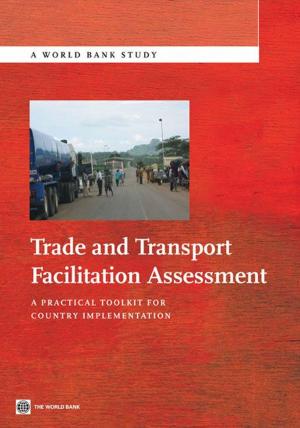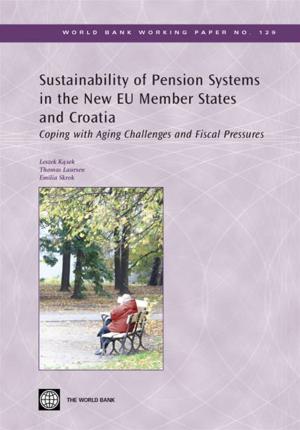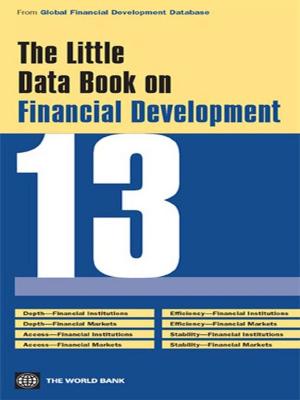Low-Carbon Development For Mexico
Nonfiction, Social & Cultural Studies, Political Science, Government, Public Policy| Author: | Johnson Todd M.; Alatorre Claudia; Romo Zayra; Liu Feng | ISBN: | 9780821381229 |
| Publisher: | World Bank | Publication: | December 14, 2009 |
| Imprint: | Language: | English |
| Author: | Johnson Todd M.; Alatorre Claudia; Romo Zayra; Liu Feng |
| ISBN: | 9780821381229 |
| Publisher: | World Bank |
| Publication: | December 14, 2009 |
| Imprint: | |
| Language: | English |
To reduce the risk of climate change impacts it is necessary for the world to lower the carbon intensity of economic development. Experts estimates the net costs, greenhouse gas (GHG) emission reductions, and investment that would be needed to achieve a low-carbon scenario in Mexico to the year 2030.Among the key findings• Energy efficiency. Improving energy end-use efficiency is the least-cost option for reducing carbon emissions and can be achieved by accelerating current Mexican programs and policies.• Supply efficiency and renewable energy. Mexico can lower the carbon intensity of the economy by improving the efficiency of energy supply, and by expanding the adoption of renewable energy technologies such as wind, biomass, small hydro, and geothermal.• Public transport and vehicle fleet efficiency. Transport is the largest and fastest growing contributor of GHG emissions in Mexico. The greatest potential for reducing transport emissions lies with improving the quality and efficiency of urban transport, including more efficient vehicles and the design and organization of cities and public transport systems.• Forestry - significant potential with large co-benefits. Measures to reduce emissions from deforestation and forest degradation (REDD), along with afforestation and commercial plantations, are among the largest GHG mitigation options in Mexico, and could provide numerous social and environmental benefits in rural areas.By undertaking a limited number of low-carbon interventions that are technologically and financially viable today, Mexico could hold carbon emissions relatively constant over the coming two decades while maintaining a vigorous rate of economic and social development. The costs of such a program would be relatively modest, but would require a range of regulatory and institutional changes to achieve, especially in the energy and transport sectors.
To reduce the risk of climate change impacts it is necessary for the world to lower the carbon intensity of economic development. Experts estimates the net costs, greenhouse gas (GHG) emission reductions, and investment that would be needed to achieve a low-carbon scenario in Mexico to the year 2030.Among the key findings• Energy efficiency. Improving energy end-use efficiency is the least-cost option for reducing carbon emissions and can be achieved by accelerating current Mexican programs and policies.• Supply efficiency and renewable energy. Mexico can lower the carbon intensity of the economy by improving the efficiency of energy supply, and by expanding the adoption of renewable energy technologies such as wind, biomass, small hydro, and geothermal.• Public transport and vehicle fleet efficiency. Transport is the largest and fastest growing contributor of GHG emissions in Mexico. The greatest potential for reducing transport emissions lies with improving the quality and efficiency of urban transport, including more efficient vehicles and the design and organization of cities and public transport systems.• Forestry - significant potential with large co-benefits. Measures to reduce emissions from deforestation and forest degradation (REDD), along with afforestation and commercial plantations, are among the largest GHG mitigation options in Mexico, and could provide numerous social and environmental benefits in rural areas.By undertaking a limited number of low-carbon interventions that are technologically and financially viable today, Mexico could hold carbon emissions relatively constant over the coming two decades while maintaining a vigorous rate of economic and social development. The costs of such a program would be relatively modest, but would require a range of regulatory and institutional changes to achieve, especially in the energy and transport sectors.
